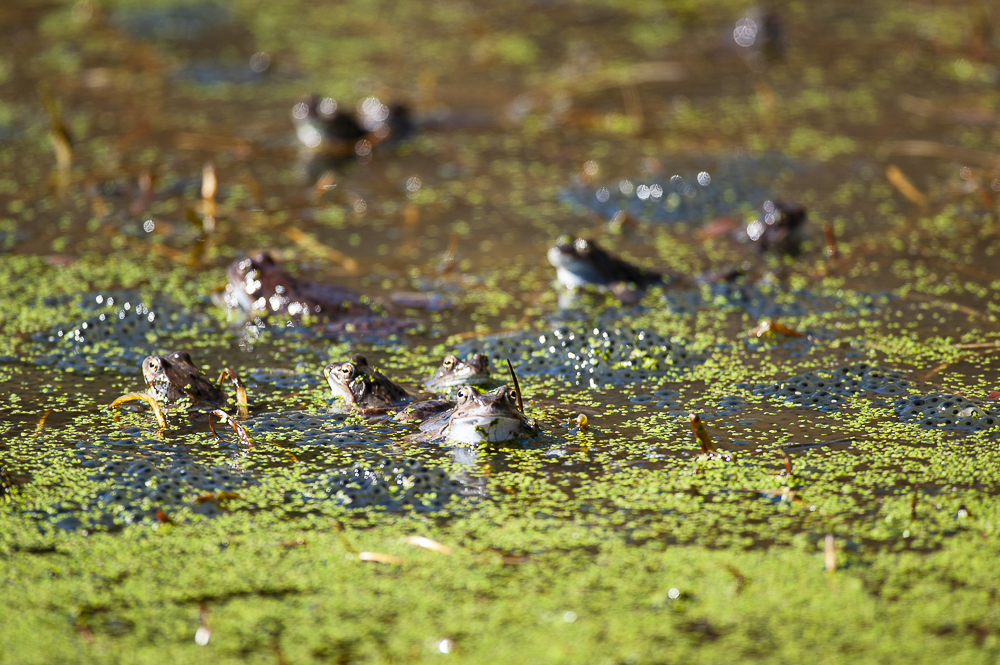
Wetlands occupy only a small part of the Earth's surface, yet they play a vital role for both wildlife and humans. For a long time, they were considered desolate and useless wastelands, and for this reason, were drained and filled with sediments to serve human needs.
Coastal wetlands, characterised by brackish water, provide an important habitat for numerous species of birds, molluscs, and fish, and help protect shorelines from storm surges that strike the mainland during storms or hurricanes.
Inland wetlands are typically freshwater ecosystems and are formed by temporary pools, wooded swamps, marshes, peatlands, and grassy areas near rivers and lakes. They form in the presence of rainfall or through the emergence of groundwater.
They are transitional zones between land and water, and they absorb excess water during floods.
An example of this important function can be observed in the Mississippi River basin. As a result of agricultural and urban development in the region since the 18th century, 26 million hectares of wetlands have been destroyed. This loss contributed to the disastrous flood of 1993, which caused billions of dollars in damage.
They are considered "carbon sinks", which, if destroyed, could release large amounts of greenhouse gases into the atmosphere. In fact, a third of the world's carbon is stored in these environments. Despite being recognised as a fundamental ecosystem, the draining of these areas for anthropic purposes continues unabated.
In 1971, in the Iranian city of Ramsar, 18 states adopted the Ramsar Convention, a global treaty for the protection of the Planet's wetlands, which today counts 172 member countries, including Italy. The Convention recognises wetlands as vital ecosystems for flood control, freshwater supply, biodiversity conservation, groundwater recharge, and climate change mitigation. Unfortunately, since the Convention was established, a third of the world's wetlands have been lost, and their destruction continues at an alarming rate. However, some restoration projects targeting this crucial ecosystem offer hope that it is still possible to preserve and restore wetlands.
In Italy, wetlands are the most threatened habitats and host the highest concentration of animal species at risk of extinction. Amphibians are the most affected animals, with a third of species listed on the Red List of vulnerable or endangered species. Wetlands serve as breeding grounds for amphibians, which lay their eggs in shallow waters, and the loss of these habitats poses a serious threat to the survival of their species. Moreover, at the end of winter, during the migration period to the breeding sites, thousands of these harmless animals fall victim to vehicles often driven by inattentive or indifferent motorists.
However, numerous volunteer associations take action on rainy nights, equipped with torches, buckets, and gloves, and help these small animals cross the road, often putting their safety at risk.
In this regard, it is worth noting a project by the Friuli Venezia Giulia Region, which has approved the construction of several toad tunnels to facilitate the safe migration of amphibians in the Regional Natural Biotope Palù di Livenza, located in the province of Pordenone. The area is fed by resurgence waters and possesses environmental characteristics of considerable importance, in addition to serving as a breeding site for many amphibian species. These underground tunnels are already in use in many European countries with excellent results. They are also used by other small animals to safely cross roads that have fragmented their territory.
It would be a great loss if, due to the disappearance of these vital environments, we were no longer able to hear the croaking of mosquito-eating frogs on warm summer evenings.
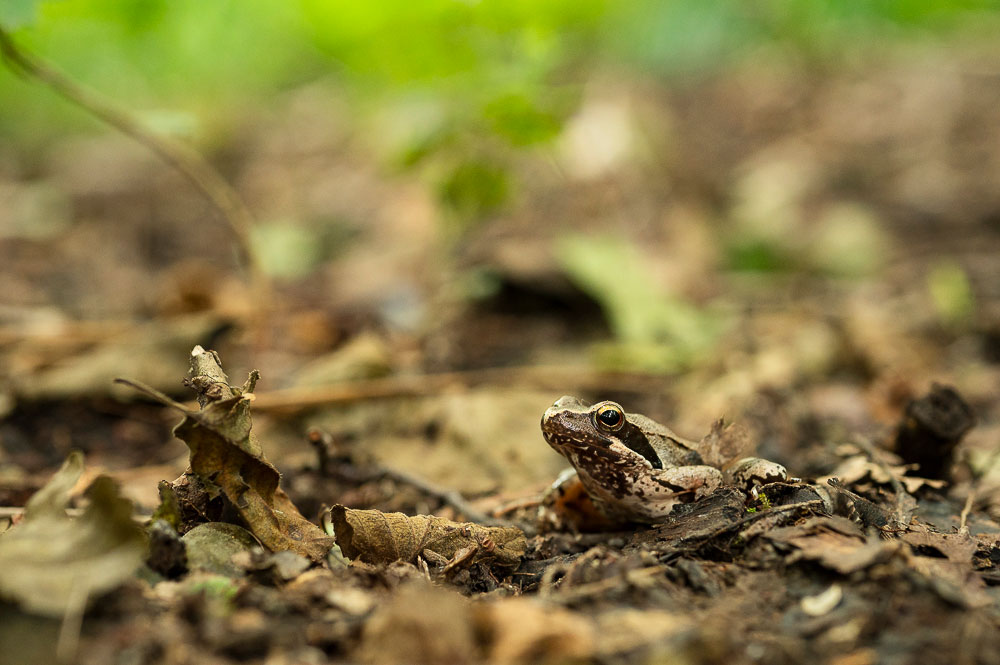
The Lataste's frog is a specie of small dimensions. The range of this species is limited to the Po Valley, a small area of Canton Ticino, and some sites in Slovenia and Croatia. The IUCN Red List classifies this species as vulnerable. Only if its habitat is preserved can the populations be saved from the risk of extinction.

The common frog (Rana temporaria), also known as the European common frog or European common brown frog, is a very common species in Europe. During the breeding season, it participates in mass migrations to breeding sites, sometimes traveling long distances. The photo shows several specimens in a mountain pond immersed in their eggs.
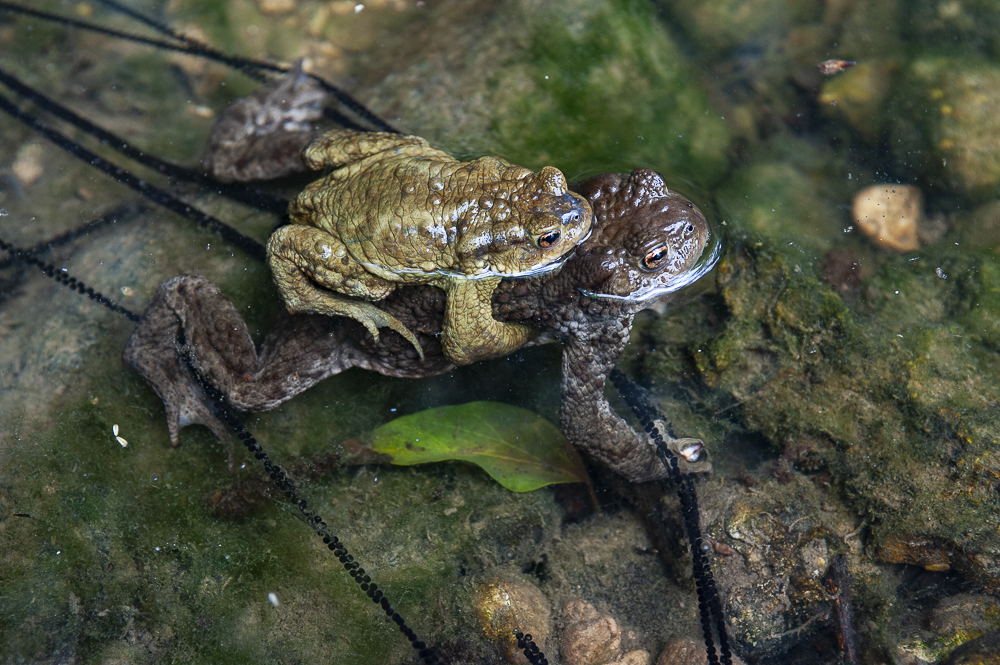
The common toad (Bufo bufo) in mating. The female is larger than the male and lays eggs in long gelatinous strings. It is protected by the Bern Convention for the conservation of European wildlife and natural habitats.

The fire salamander (Salamandra Pezzata), is a predominantly nocturnal amphibian; it appears during the day only during heavy rains.
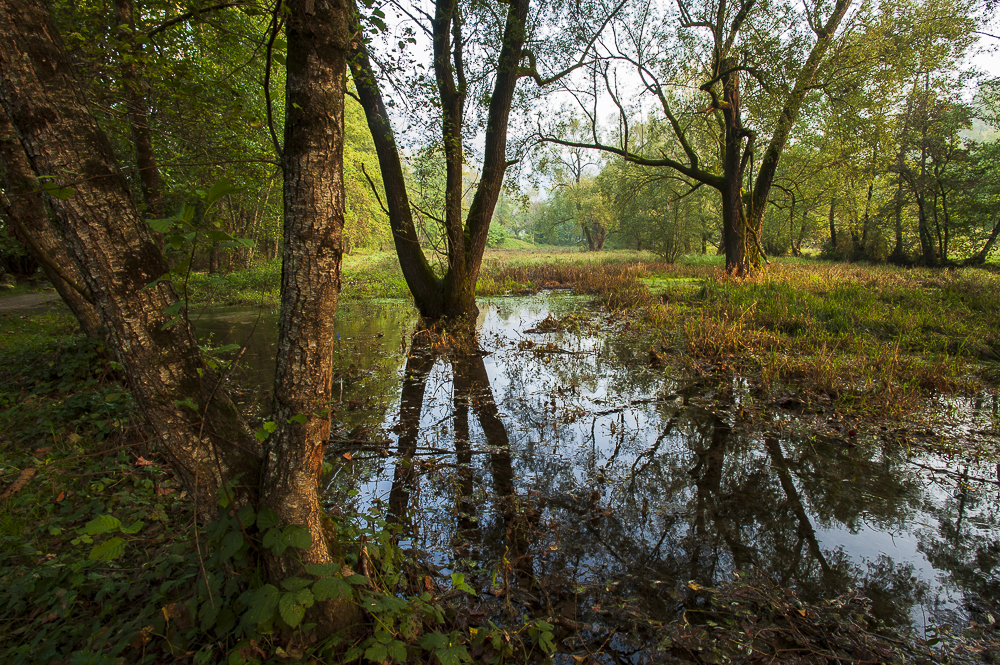
Temporary waters, a wetland that forms during rainfall.
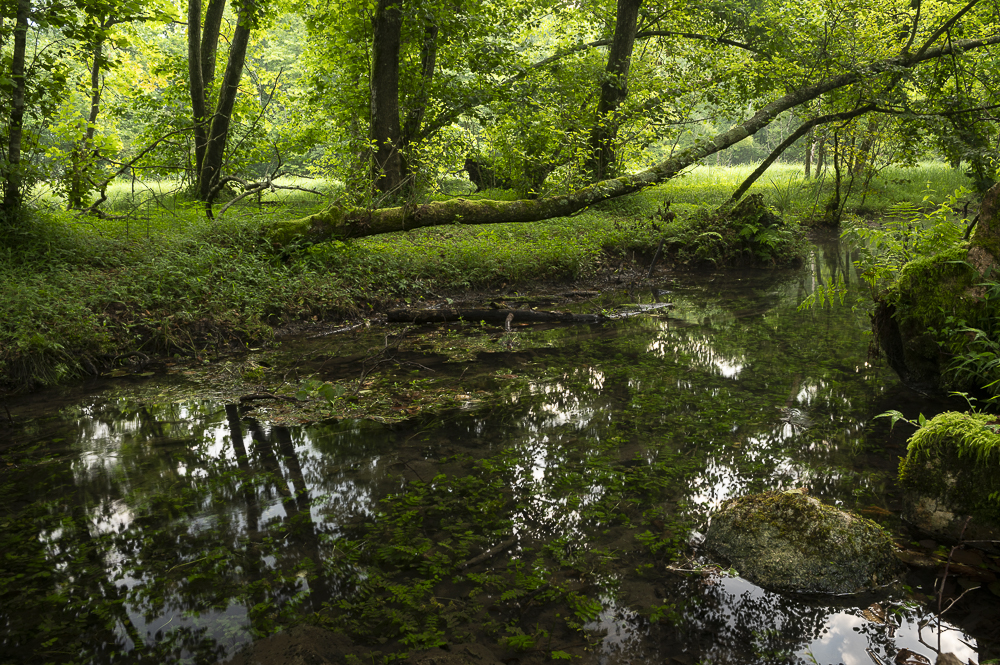
Spring waters are waters that surface naturally, located within the Regional Natural Biotope of Palù del Livenza and therefore a protected area.

